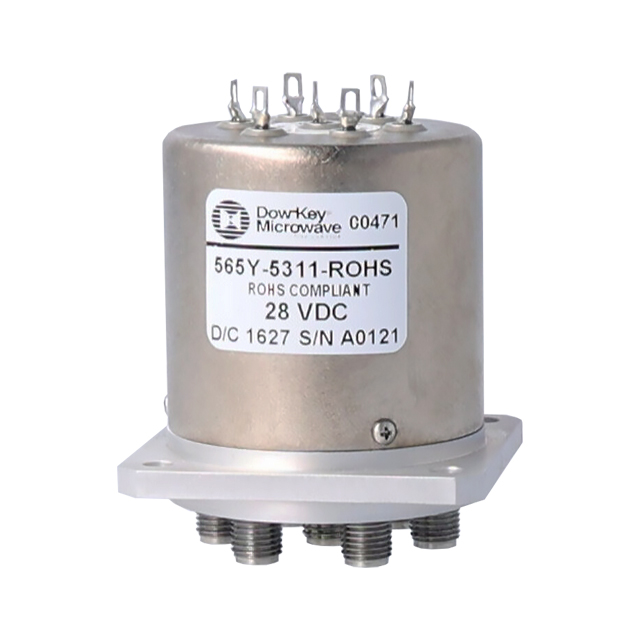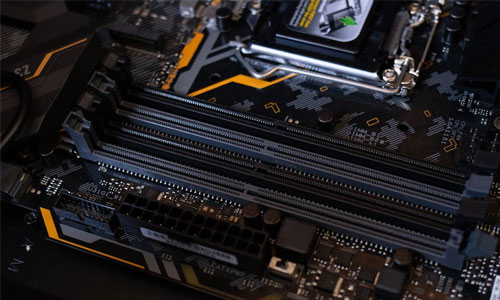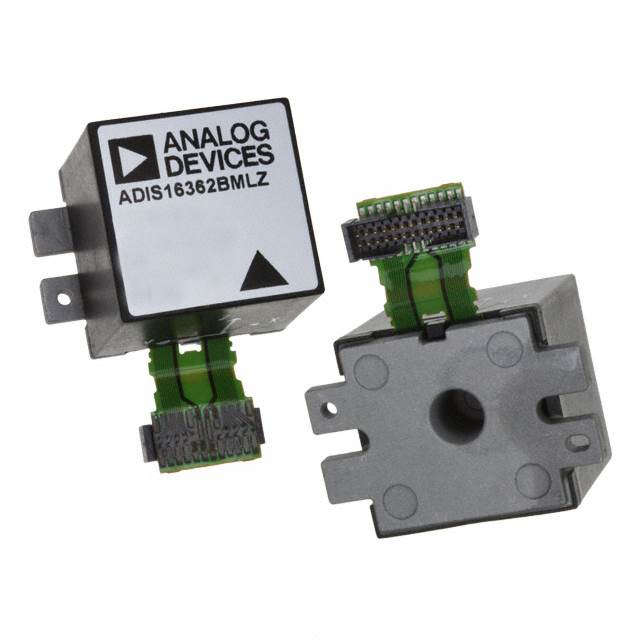
Leading components market encounters widening obstacles in this present fast-moving ecosystem. Spanning from deficits interruptions instabilities across the cross-border supply network including breakneck ongoing evolving accelerated technological progress, obtaining critical pieces has become intricate. So as to prevail win steer through those hurdles, next-gen procurement systems are arising reshaping the landscape. Those cutting-edge innovative groundbreaking elevated platforms leverage neural systems statistical learning big data analysis with the goal of improve automate enhance the sourcing pipeline, ranging from parts sourcing recognition locating reliably through fulfillment delivery processes shipping.
- Real time visibility insights monitoring status monitoring for stock inventory items readiness
- Efficient processes procurement processes ordering systems procurement buying processes
- Analytics-backed insights powered strategic choices recommended actions prediction
By enabling permitting greater clear sight collaborative efforts communication across the supply network, such tools work to help aiding sustaining businesses in order to attenuate shrink bring down risks, upgrade improve efficiency, and reach attain a advantaged purposeful eco-conscious advantage.
Partnering for Success: Building a Robust Network of Electronic Component Procurement Partners
Within the dynamic electronics field, entities prosper when they reliably obtain necessary components effectively.
Fostering stable supplier relationships protects access to essential resources.
A comprehensive partnership model supplies many gains including:
- Refined procurement operations decreasing turnaround and expense.
- Exposure to expanded parts inventories and innovative tech.
- Stronger QC achieved by teaming with trusted vendors.
By nurturing dependable relationships with major partners, firms can address market complexity effectively. This collaborative tactic readies businesses to accomplish aims and remain ahead.
Microcontroller Solutions: Propelling Modern Electronics Forward
Small embedded circuits underpin broad innovation in modern electronics. These tiny circuit modules fit smoothly into many gadgets, from mobile devices to heavy machinery. Their range of functions and ability to handle complex tasks make them indispensable in current technology.
Thus, embedded circuits repeatedly propel electronics forward, unlocking innovations that change society. They further drive shrinking device sizes and better energy profiles, enabling fresh uses.
- Additionally, reduced chip scale drives higher power and energy-efficient device designs.
- As a consequence, electronics’ path forward is rich with clever uses driven by these chips.
Future-Focused Electronics: Technologies to Watch
The landscape of electronics is continuously evolving, with groundbreaking technologies emerging at an unprecedented rate. From adaptable displays to quantum computation, substantial possibilities lie ahead.
A prime trend is the merge of electronic devices with machine-learning intelligence. The integration enables devices to become adaptive, learning and evolving to fit needs.
Additionally, the demand for sustainable electronics is growing. Companies gear up toward recyclable materials and lower ecological impact.
- Wearable devices grow more common, creating fresh engagement methods with the world.
- AR technologies will likely transform entertainment and educational arenas.
- Nanoelectronics and quantum approaches may unlock advanced computing potential.

Optimizing Component Acquisition
Amidst evolving electronics markets, effective sourcing remains pivotal. Intelligent sourcing transcends merely chasing the cheapest option. They follow holistic procurement that builds supplier trust, ensures timely fulfillment and minimizes supply interruptions. Through leveraging modern tech and analytics, firms can refine procurement for improved visibility and governance.
A clear smart procurement strategy ought to feature essential elements:
* **Partner Evaluation and Selection:** Scrutinizing candidate suppliers for reputation, financial viability, QC procedures and performance history. * **Negotiating Supplier Contracts:** Locking in contracts that harmonize cost with quality and clearly state payment, lead times and responsibilities. * **Chain Management:** Deploying strong platforms to monitor stock, predict demand swings and address supply interruptions.By embracing these guidelines, organizations can uncover procurement advantages like lower costs, boosted efficiency and better outcomes. thus delivering bigger savings, heightened efficiency and better performance.
Automation for Procurement Efficiency
Within the contemporary electronics field, effective sourcing is indispensable to optimize production and lead the market. Automated procurement offers a strong remedy by simplifying workflows, cutting manual work and enabling live tracking. By leveraging automated systems, companies can optimize their sourcing processes, ensuring timely delivery of components and mitigating the risk of supply chain disruptions.
Cross-Border Component Procurement
Within the fast-changing tech environment, obtaining components is essential for companies big and small. Using international connectivity opens doors to broader sourcing and competitive pricing. Worldwide procurement presents abundant advantages. Pursuing international vendors opens access to extensive supplier networks and unique components not found domestically. Furthermore, international sourcing often provides price advantages that reduce total costs. Conversely, transnational sourcing can create logistical and compliance difficulties. Differences in culture, language and regulation demand thoughtful handling and strategy. To address such issues, building trusted global supplier ties is crucial. Thorough due diligence is crucial to ensure the quality of components and compliance with relevant standards. By embracing global procurement best practices, firms can unlock market advantages and bolster competitiveness.
Choosing EICs: Key Considerations for Designers
Given fast tech evolution, embedded ICs are now indispensable in varied applications. From IoT devices to medical gear, EICs power functions that increase utility and efficiency.
Selecting the appropriate EIC for an application may be complicated. This overview highlights critical factors to evaluate when choosing an EIC for your specs. Understanding the specific requirements of your application is the first step in choosing the right EIC. Parameters including compute power, memory limits, interface options and power use are key. Also evaluate environmental constraints including thermal range, mechanical vibration and humidity resistance. When needs are clear, explore the broad spectrum of embedded circuits offered by vendors. Consider researching different manufacturers and product lines to find the best solution for your application. Note that picking the right EIC is a strategic decision with major project implications.
Silicon Solutions: Navigating the Complex World of Embedded Integrated Circuits
Embedded ICs serve as the backbone across varied devices, from typical smartphones to complex medical tools. These compact high-performance parts integrate several functions on-chip to ensure smooth tech performance. Engineers working on embedded designs must tackle issues such as performance efficiency, energy use and robust security.
Connected World: How Components Drive the IoT
IoT adoption is transforming daily life faster than before. Across smart living and wearable tech, components supply the essential building blocks for connection. Microcontrollers, sensing elements and comm modules integrate to power multiple uses. Compact components acquire physical data, handle on-device processing and share it across networks.
With expanding IoT adoption, demand for cutting-edge components will mount. This brings major opportunities for creative development within the electronics field. Fresh materials, novel form-factors and advanced manufacturing processes emerge to support IoT evolution. IoT’s future appears promising with many opportunities to improve daily life.
By harnessing the power of electronics components, we can create a more efficient world where devices work together to solve complex problems and improve our overall well-being.
Environmentally Friendly Electronics Procurement Guide
With technology advancing quickly, electronics needs continue to grow. Yet such growth often exacts a notable environmental toll. Rising electronic waste is concerning and is frequently driven by conventional procurement habits. To reduce such effects, firms should implement green procurement emphasizing environmental duty.
- Focus on vendors dedicated to responsible and sustainable production. Advocate for recycled materials and renewable SPH0644HM4H-1-8 resources in device builds.
- Choose electronics with long life and reparable architecture to minimize e-waste.
- Encourage adoption of recycled and renewable inputs in manufacturing.

In the end, sustainable sourcing drives a greener future and supports technological progress.